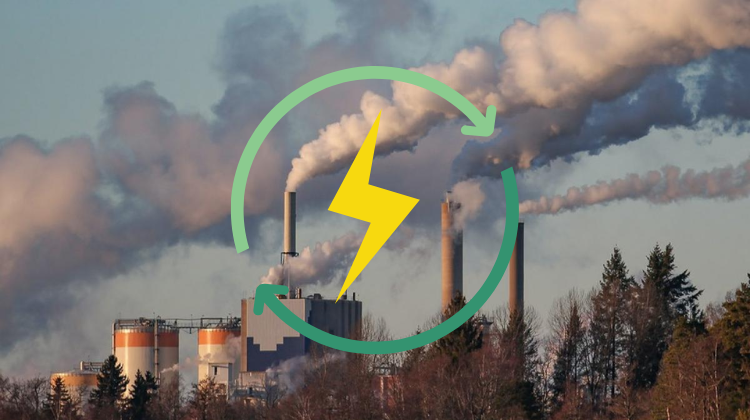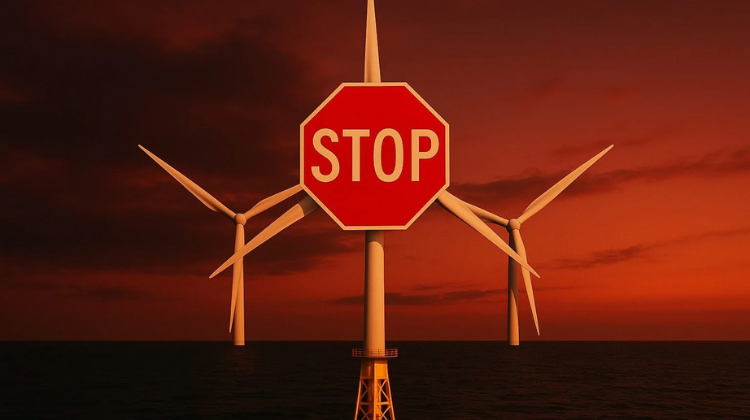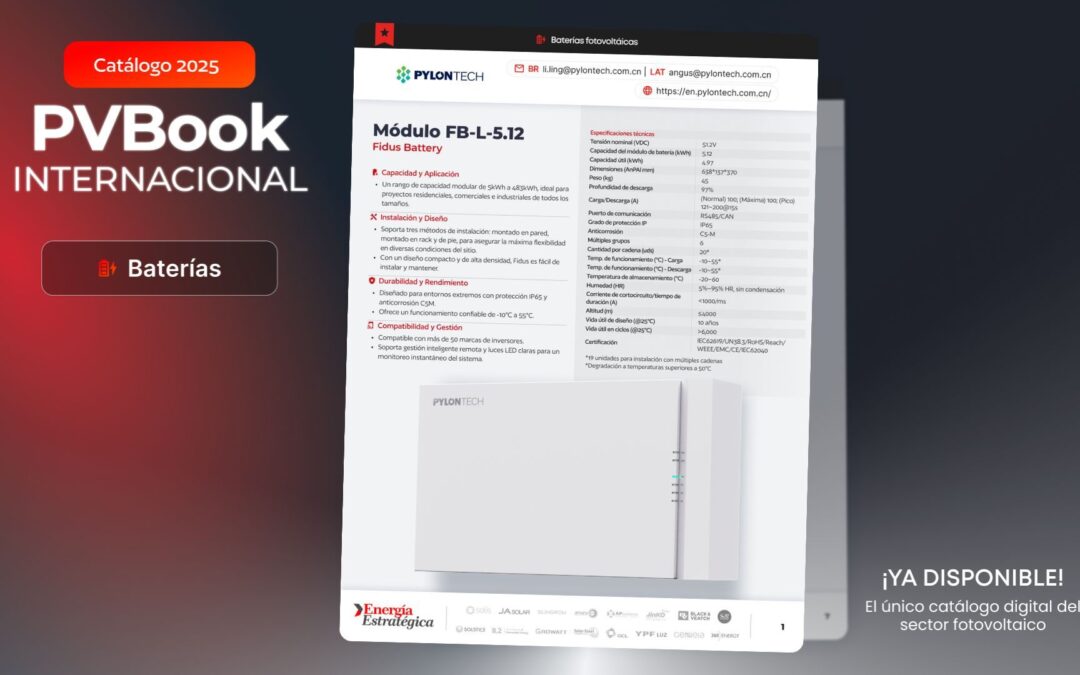The reduction of methane emissions has become a central issue in Spain’s climate debate. The organisations ECODES, Ecologistas en Acción, Greenpeace, Fundación Renovables and Mighty Earth presented the Secretary of State for the Environment, Hugo Morán, with a package of measures to be included in the State Pact against the Climate Emergency.
Methane, which represented 18.62% of the country’s total net emissions in 2023, is the second most significant greenhouse gas after CO2.
In dialogue with Strategic Energy Europe, Ismael Morales, Head of Climate Policy at Fundación Renovables, states: “A methane reduction target builds the case against gas as a transition fuel because it would quantify and penalise methane emissions, which have a greater potential than CO2 — 84 times over 20 years. This means the real environmental cost of gas increases, which would improve the competitiveness of renewables over other sources.”
The expert warns that this regulatory change would force the industry to review its entire value chain. “Manufacturers will have to carry out a stricter life-cycle analysis of their components to quantify and reduce the methane footprint associated with manufacturing processes. In this case, transparency should be a key differentiator,” Morales explains.
In addition, developers and energy operators would need to prioritise low-emission suppliers with reliable reporting, which would consolidate renewables as the most competitive alternative to gas.
At present, the agriculture sector generates 62.39% of methane emissions, followed by waste (31.65%) and energy (5.2%). However, the NECP 2023-2030 “glosses over” this issue, according to environmental organisations, without setting specific reduction targets either globally or by sector. Nor does it include the Global Methane Pledge, signed at COP26, which commits Spain to cutting 30% of emissions by 2030 compared to 2020 levels.
For Morales, the absence of a national plan not only delays decarbonisation but also limits strategic opportunities for the renewable sector.
“Renewable companies can diversify their asset portfolios by investing in biogas plants that capture methane from landfills, livestock and wastewater treatment plants. This biomethane can then be injected into the gas grid or used as a fuel to decarbonise sectors such as aviation and shipping,” he points out.
In this respect, international experiences show a possible path. Denmark has created a system where biomethane from agricultural waste is massively injected into the gas grid, while Germany applies regulated tariffs to encourage biogas.
“These are examples of how to turn an environmental problem into an opportunity for competitiveness and stable energy supply,” Morales notes.
The IPCC stresses that methane emissions must be reduced by 45% by 2030 to meet the targets of the Paris Agreement.
Morales concludes: “What we are calling for is a national methane emissions plan that covers all sectors. The control, monitoring and technology application objectives already used in the energy sector must also start to be applied to agriculture and waste.”






























